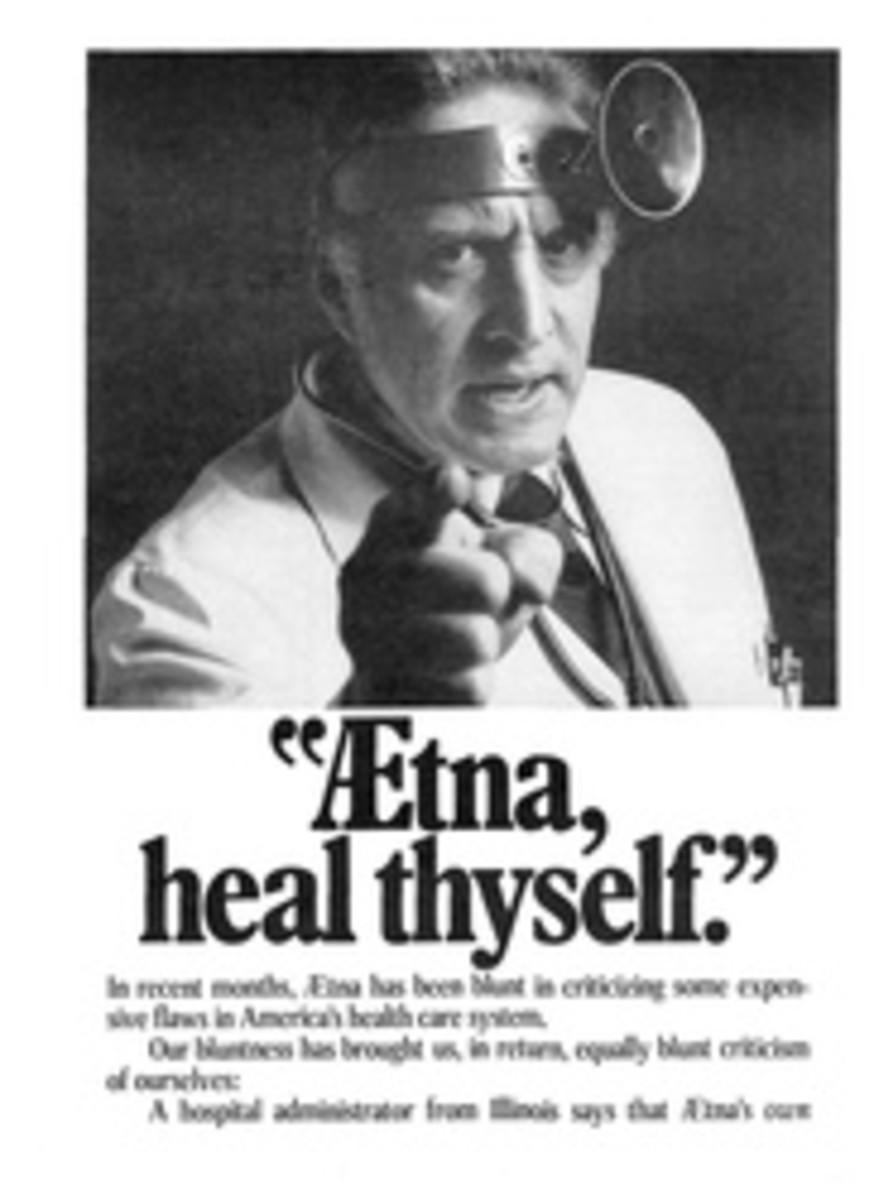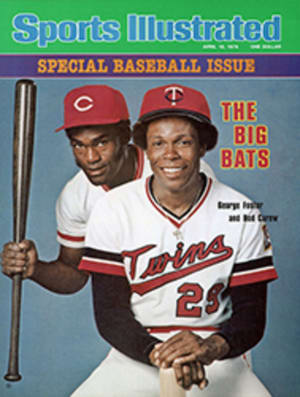
WHEN THE TEENY WEENY LEAGUE PLAYS BALL, THE COACH RUNS FOR HIS LIFE
The Olympics it's not. Gladiators and lions it's not. It also bears little resemblance to a game between the Yankees and the Dodgers.
It's called Sparky League, Pee Wee Baseball, Little Teeny Weeny League and any number of names that vary from community to community. The rules aren't written down but they're all about the same: the 7-, 8-and 9-year-olds simply beat the pajamas out of the ball for four innings or so and hope they've scored as many runs as they can without disabling their coach.
Our 8-year-old daughter played her first game last year. The other team got 40 runs in four innings and was robbed on the last play of the game when the catcher on our team actually hung onto an outfield throw to prevent three more runs from scoring.
Our team won 45-40. Jennifer played for the Tigers, who finished the season with a 6-5-1 record and one rainout. They tied the last game of the season in the last inning when their last batter popped up to the infield and drove in two runs. The score was 35-35.
There is one really dangerous position on the field—pitcher. The pitcher, who is the coach of the team at bat, under-hands the baseball toward the plate from a few feet away and then runs for his life. If the ball doesn't hit him, the bat might. Last year, one coach had two broken ribs. Another took a shot off his forehead.
Each team (all 15 or 20 batters—there is no set limit) bats around once each inning and then takes its turn in the field, no matter how many outs have been made. Walks aren't allowed, strikeouts are ignored and foul balls don't count, even if somebody catches them. More often they hit cars and babies.
A lot of scoring can occur when the last batter takes his turn. If he hits the ball, everybody on base is allowed to keep running until somebody who has managed to hold onto the ball runs in and touches home plate.
I watched two practice games and about nine of the 12 regular-season games that Jennifer played. I saw three triple plays, and one that could have been a quadruple play except the ball rolled under a car.
One redefines one's baseball terms at Sparky League. A home run occurs when a batter makes it all the way around the bases, no matter how many errors are committed. Most home runs come on ground balls to the infield.
The first home run I saw in Sparky League came on a grounder to short. The shortstop put his glove down, turned his head, closed his eyes and jumped in the air. The ball went under him toward another kid, who fell down. The outfielder ran in, picked up the ball and threw it over the fence.
Another kid hit a routine grounder to the second baseman, who caught it and threw to first, too late to get the runner who was on his way to second. The first baseman caught the ball and threw it over the second baseman's head. While he chased the ball, the batter headed for third and just beat the throw, never stopped and headed for home. The third baseman caught the ball and heaved it to the catcher, who dropped it four times. Home run.
One problem in Sparky League is concentration. The assumption is that if the ball doesn't come right at the shortstop's glove, he figures he's out of the play until the next batter is up.
Waving at parents is another problem, especially for the outfielders, who often have little to do the whole game. At bat they sometimes hit the ball and wave at Daddy on the way to first base. Daddy cringes, the kid is out at first, and the coach spits tobacco at the third-base line.
The newer players have particular trouble with fly balls, both catching them and running the bases when they are hit. The minute the ball is hit, the runners take off, and nothing in the world can bring them back to their bases. Usually the kid who fields the ball tags everybody in sight. Two or three will be his own teammates and the others are generally base runners not sure where they're supposed to be. This accounts for unassisted triple plays.
The shortstop, for instance, may catch a pop fly, run to second-and tag the player running toward third and the player running toward second.
If he throws the ball to the second baseman, however, chances are everybody will score because the ball will end up either in right field or across the street in somebody's garden.
The purpose of Sparky League is to teach kids what baseball is all about. I don't think anybody would even keep track of the runs if it weren't for the parents, who sit around on car hoods and in lawn chairs whooping it up and yelling things like, "What's the score?" and, "Throw the ball, throw the ball" and, "Cover second, cover second."
The whole thing is very democratic, which accounts for the large number of girls who take part. I don't know yet if Jennifer will want to try for Little League, though. She also takes gymnastics, and that is why her Sparky League coach gets mildly upset every time she stands on her head near second base.
ILLUSTRATION

